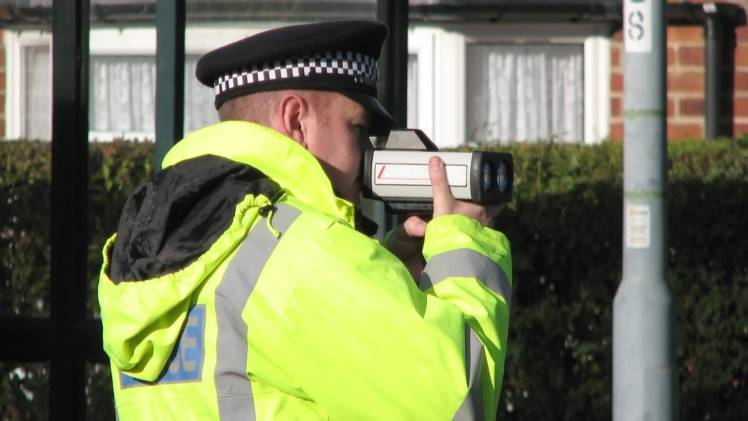The debate over speed enforcement methods has intensified as road safety becomes a pressing concern in many communities. Speed cameras and traditional police enforcement represent two distinct approaches to managing traffic, each with its advantages and disadvantages. Understanding these differences can help determine which method is more effective for promoting safe driving behaviors.
The Role of Speed Cameras
Speed cameras have gained popularity due to their ability to provide automated enforcement of speed limits. These devices capture images of speeding vehicles, often supplemented by radar or laser technology to accurately measure speed. One of the primary benefits of speed cameras is their capacity to operate 24/7 without the need for human intervention. This constant monitoring can serve as a powerful deterrent, encouraging drivers to adhere to speed limits.
Research has shown that areas with speed cameras often experience significant reductions in accidents and fatalities. Studies indicate that speed cameras can lead to a decrease in speeding violations by as much as 50%, particularly in high-risk zones like school areas and construction sites. The predictability of camera placements can further enhance their effectiveness, as drivers become aware of where enforcement is likely to occur.
Advantages of Traditional Police Enforcement
On the other hand, traditional police officers offer a human element that speed cameras cannot replicate. Police can assess driving behavior more holistically, taking into account context and situational factors that cameras may overlook. For instance, officers can intervene in cases of aggressive driving, distracted driving, or impaired driving, addressing a wider range of dangerous behaviors than speeding alone.
Additionally, the presence of police officers can foster a sense of community engagement and trust. Officers can educate drivers about safe practices, build relationships within the community, and respond to traffic incidents in real-time. This human connection can lead to greater compliance with traffic laws and a more cooperative atmosphere among drivers.
Limitations of Each Approach
Despite their advantages, both methods have limitations. Speed cameras can face criticism for being perceived as revenue-generating tools rather than genuine safety measures. Some argue that their placement is often based more on profit potential than on accident data, leading to distrust among drivers.
Conversely, traditional police enforcement can be resource-intensive. Limited manpower may hinder the ability to monitor all high-risk areas consistently. Officers may also be prone to biases or inconsistencies in enforcement, leading to potential inequities in how laws are applied.
Finding a Balance
Ultimately, the effectiveness of speed cameras versus traditional police enforcement may depend on the specific context of a community. Many experts advocate for a balanced approach, integrating both methods to optimize traffic control.
Conclusion
Both speed cameras and traditional police enforcement have distinct roles in traffic management. While speed cameras provide consistent, automated monitoring that can significantly reduce speeding, traditional police offer flexibility and community engagement that fosters safer driving behaviors. A hybrid approach, leveraging the strengths of both systems, may be the most effective way to promote road safety and ensure compliance with traffic laws. By prioritizing safety over revenue, communities can create an environment where responsible driving becomes the norm.






